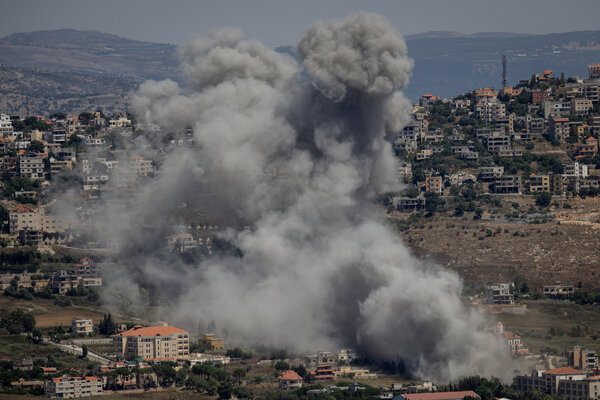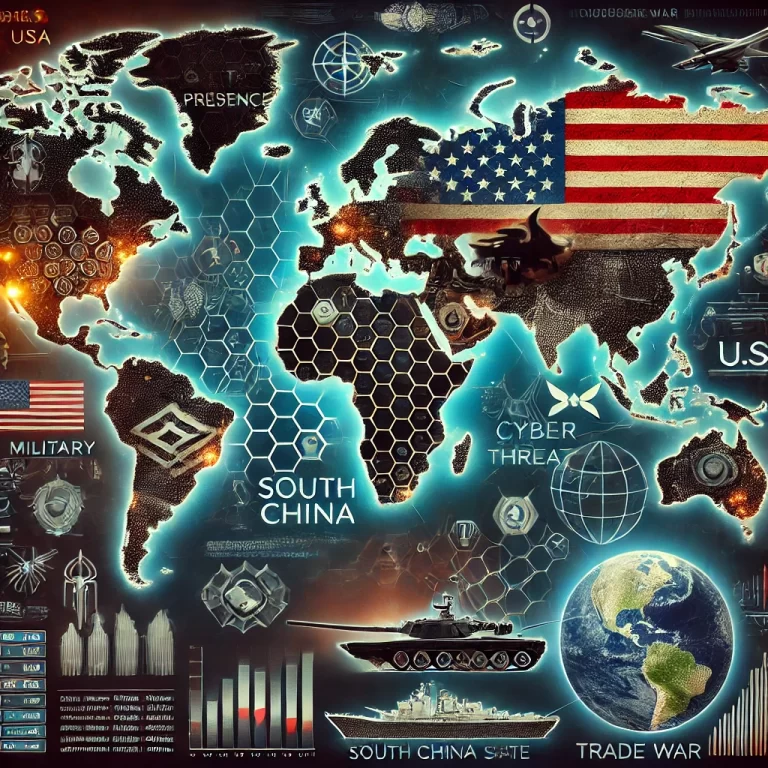
The Israel-Gaza Conflict: How Might This War Ultimately End?
With at least 37,626 people killed and 86,098 wounded in Israel’s war against Hamas since October 7, and no clear signs of a ceasefire, predicting the exact outcome of the Israel-Gaza conflict is challenging due to the complex and multifaceted nature of the situation. Reaching a negotiated peace agreement in conflicts like the Israel-Gaza conflict is fraught with numerous obstacles because of some challenges, namely deep-rooted historical grievances, a fragmented political landscape on both sides, Israel’s security concerns, territorial disputes, high economic disparities, international influence, and a lack of trust.
Reaching a negotiated peace agreement in conflicts like the Israel-Gaza conflict is fraught with numerous obstacles because of some challenges, namely deep-rooted historical grievances, a fragmented political landscape on both sides, Israel’s security concerns, territorial disputes, high economic disparities, international influence, and a lack of trust.
However, here are some potential scenarios based on historical patterns and current geopolitical dynamics:
1. Negotiated Peace Agreement:
A negotiated peace agreement could be a potential outcome, although it is fraught with numerous obstacles. Deep-rooted historical grievances, such as the Israeli occupation and Palestinian displacement, complicate any negotiations. The political landscape on both sides is fragmented, with Israel having a coalition government and Gaza being controlled by Hamas, which is considered a terrorist organization by Israel and many Western countries. Israel’s security concerns, including rocket attacks from Gaza and the threat of terrorism, make it wary of any agreement that might compromise its security. Territorial disputes, such as those over the West Bank and East Jerusalem, add another layer of complexity. High economic disparities between Israel and Gaza further complicate negotiations, as does the high level of international influence, with various countries supporting different sides. Lastly, the lack of trust between the parties makes it difficult to reach and sustain an agreement.
2. Ceasefire and Temporary Calm:
Another plausible scenario is a ceasefire agreement. If a ceasefire agreement is reached, this may lead to a temporary halt in hostilities. This has happened multiple times in the past, often brokered by international mediators. Ceasefires are typically seen as temporary solutions and are often fragile. They can be broken by provocations or unmet demands from either side. A ceasefire might provide temporary relief for civilians and reduce immediate violence but often fails to address the underlying issues that fuel the conflict.
3. Military Victory:
A third possibility is that one side could achieve a decisive military victory. For Israel, this would mean significantly weakening Hamas’ military capabilities, possibly through extensive military operations and targeting of key Hamas leaders and infrastructure. For Hamas, a military victory would involve inflicting enough damage to force Israel to change its policies, potentially through sustained rocket attacks and guerrilla warfare. However, a military victory is unlikely to lead to long-term peace. It could result in significant civilian casualties, further destruction, and international condemnation. Moreover, a military victory might only temporarily suppress the conflict, with the underlying issues remaining unresolved.
4. International Intervention:
The international community could intervene more forcefully, possibly through sanctions, peacekeeping forces, or diplomatic pressure. International actors such as the United Nations, the United States, the European Union, and regional powers like Egypt and Qatar could play a role in facilitating dialogue and imposing measures to encourage a resolution. However, international interventions can be complicated by geopolitical interests and the veto power of permanent members of the UN Security Council. Additionally, the effectiveness of such interventions depends on the willingness of both parties to cooperate and the ability of international actors to enforce agreements.
5. Internal Political Changes:
Changes in leadership or political dynamics within Israel or Gaza could lead to new approaches to the conflict. For instance, a change in the Israeli government could bring leaders more inclined toward negotiation and compromise, while changes within Hamas or the broader Palestinian leadership could result in a more unified and moderate stance. However, political changes are unpredictable and may not necessarily lead to peace. Leadership transitions could also lead to more hardline positions or internal instability, further complicating the situation.
6. Status Quo:
The conflict could continue in its current state, with periodic escalations and ceasefires. This scenario perpetuates the cycle of violence and suffering for civilians on both sides. The status quo involves ongoing low-intensity conflict, occasional flare-ups, and temporary ceasefires, without any significant progress toward a lasting resolution. This scenario reflects the persistent stalemate and the difficulty of breaking the cycle of violence and mistrust.
Conclusion
Each of these scenarios involves significant uncertainties and complexities. The resolution of the Israel-Gaza conflict will likely require a combination of diplomatic, political, and possibly military efforts, along with substantial international involvement. Achieving a lasting peace will be challenging, but understanding these potential outcomes can help in striving for a resolution. The path to peace is fraught with obstacles, but continued efforts toward dialogue, compromise, and international cooperation remain essential in seeking an end to the conflict.
_______________________
Ulari Nwaogazie is a Fellow at the Sixteenth Council



